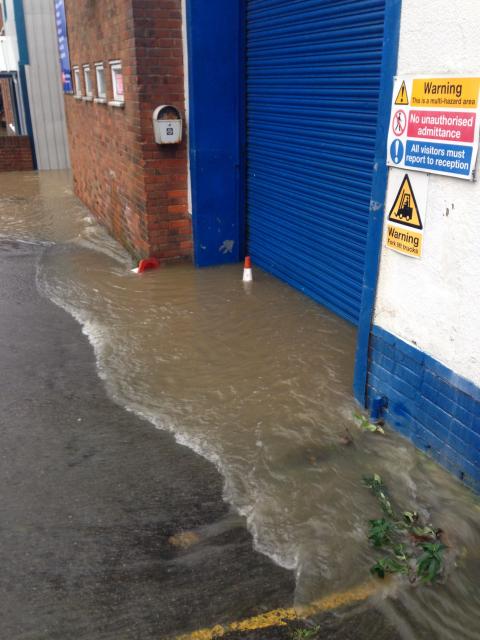Learn how to replace the speakers in your car or truck. The factory speakers in most VWs are installed with rivets. Learn how to easily drill out rivets, and a better way to install upgraded car speakers. Also learn hot to modify the factory MK4 tweeter housing to fit an upgraded tweeter. This will be a complete how to guide on a MK4 door speaker replacement, but the techniques can be applied to any car. Most modern VWs have their speakers riveted in.
Become A CrewMember
If you like this show. If you get value out of the videos and content that I put out, consider supporting the show by becoming a CrewMember. You will get discounts you can’t get anywhere else, exclusive videos from me, and VW/Audi training manuals. Between the discounts and the training manuals, the CrewMembership can easily pay for itself. Become a CrewMember today
Help Support The Show
Many of you have asked about supporting the show. For that I thank you. For now, the best things you can do are SHARE THE SHOW, and shop with my links on Amazon. You will not spend any more money that you would normally. Here is the Amazon link Humble Mechanic on Amazon or you can check out some recommended tools I have listed below.
Listen to the Show
It is finally here! The audio only version of the Humble Mechanic Podcast. So many of you wanted to listen on the go, in the car, working out, and now you can. While I wait for iTunes, Google approval you can listen to the show here on the blog. Once those approvals come, you will be able to subscribe and download the audio podcasts from your favorite place.
Important Links for today’s video
- Speakers Installed
- Sound Deadener
- Sound Deadener Roller
- RivNut Kit
- RivNut Tool
- Punch
- M5 Hardware
- M5 Washers
- Tessa Fabric Tape
- Become A CrewMember
- Patreon
- Shop Amazon
- Audio ONLY Podcasts
Trouble viewing? Watch “How To Replace and Upgrade Car Speakers (Remove Rivets, Custom Mounts)” on YouTube.
As always I love to hear your thoughts. Please post them in the comments section below. Again, if you have a question, email me Charles(at)humblemechanic(dot)com with Question for Charles in the subject. Also if you have an idea for a show, contact me via email, or use the contact me form!
Don’t forget to follow me at:
- Subscribe on YouTube
- Tweet me on Twitter
- Humble Mechanic Podcasts
- Project GTI aka WhiteWookie
- Failed VW parts videos
- Tool & Product Reviews
- How To videos
- 2015 Golf SportWagen Videos
Disclaimer: The content of this video is available for informational and educational purposes only. It is not intended to be a substitute for the professional advice of a mechanic who has personally inspected your vehicle, nor does it create a relationship of any kind between the Humble Mechanic and you. Every situation may be different, and the Humble Mechanic does not make any warranties, whether express or implied, as to the accuracy, fitness, or applicability of the information or automotive parts portrayed in this video to any project and makes no guarantee of results. The Humble Mechanic and any sponsors of this video will not be liable for any damages related to personal injury, property damage or loss of any kind that may result from the use or reliance on this video and/or any automotive parts represented in this video. You are using the information and automotive parts portrayed in this video solely at your own risk.




 I got something a little different for you guys today. A special edition of Shop Shots, well sort of. The folks at VW Heritage contacted me a while back. Their shop flooded. We talked about giving folks some tips on dealing with flooding. So take it away Tara.
I got something a little different for you guys today. A special edition of Shop Shots, well sort of. The folks at VW Heritage contacted me a while back. Their shop flooded. We talked about giving folks some tips on dealing with flooding. So take it away Tara.
